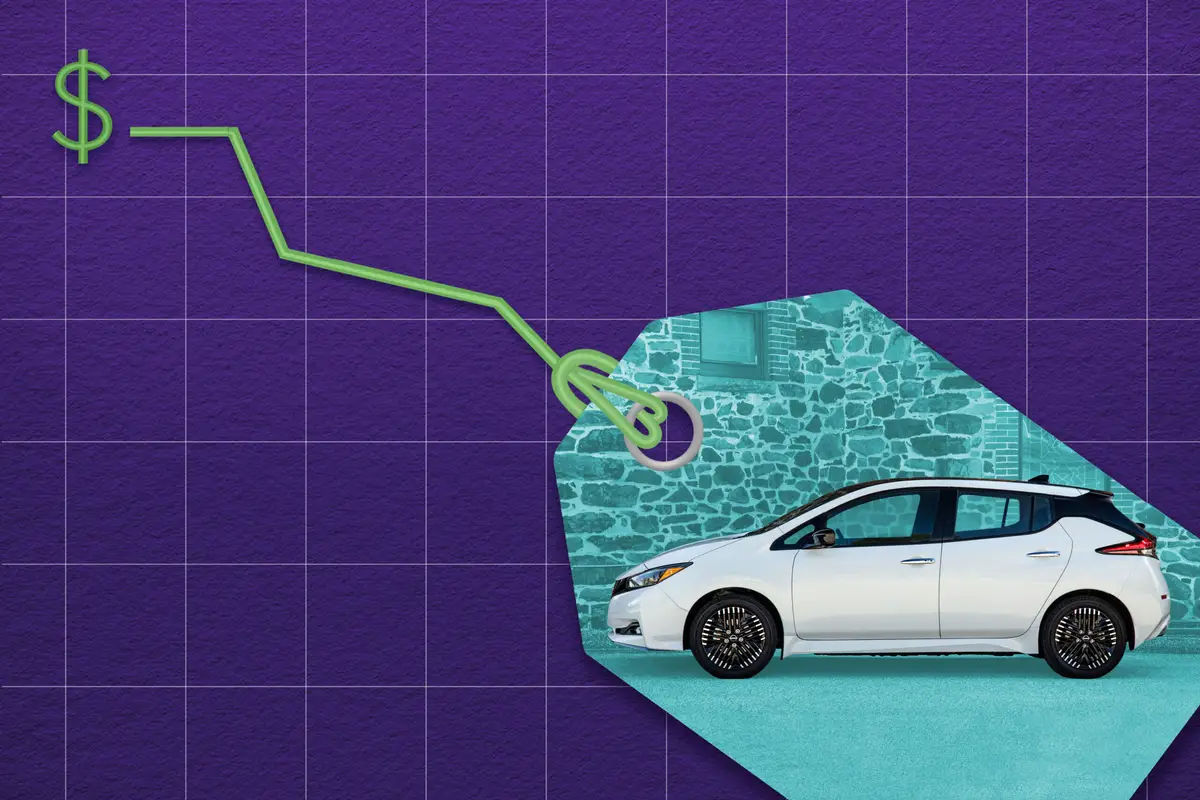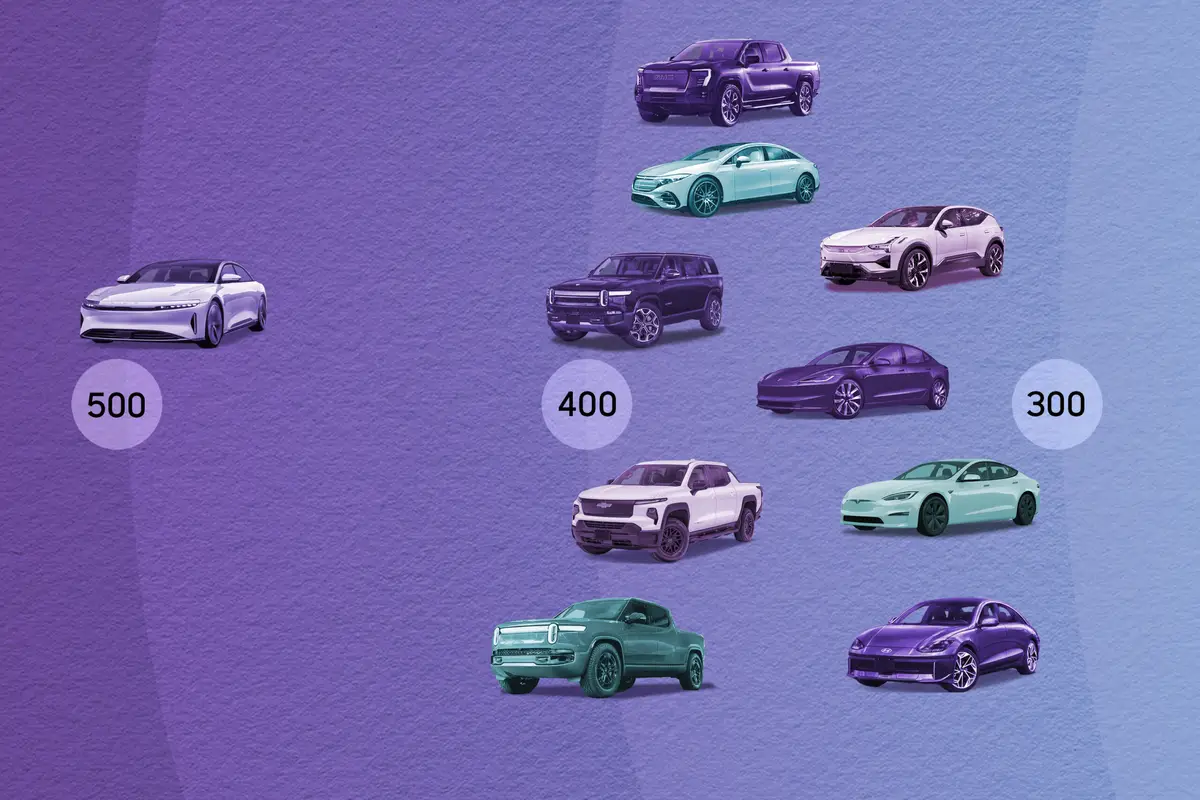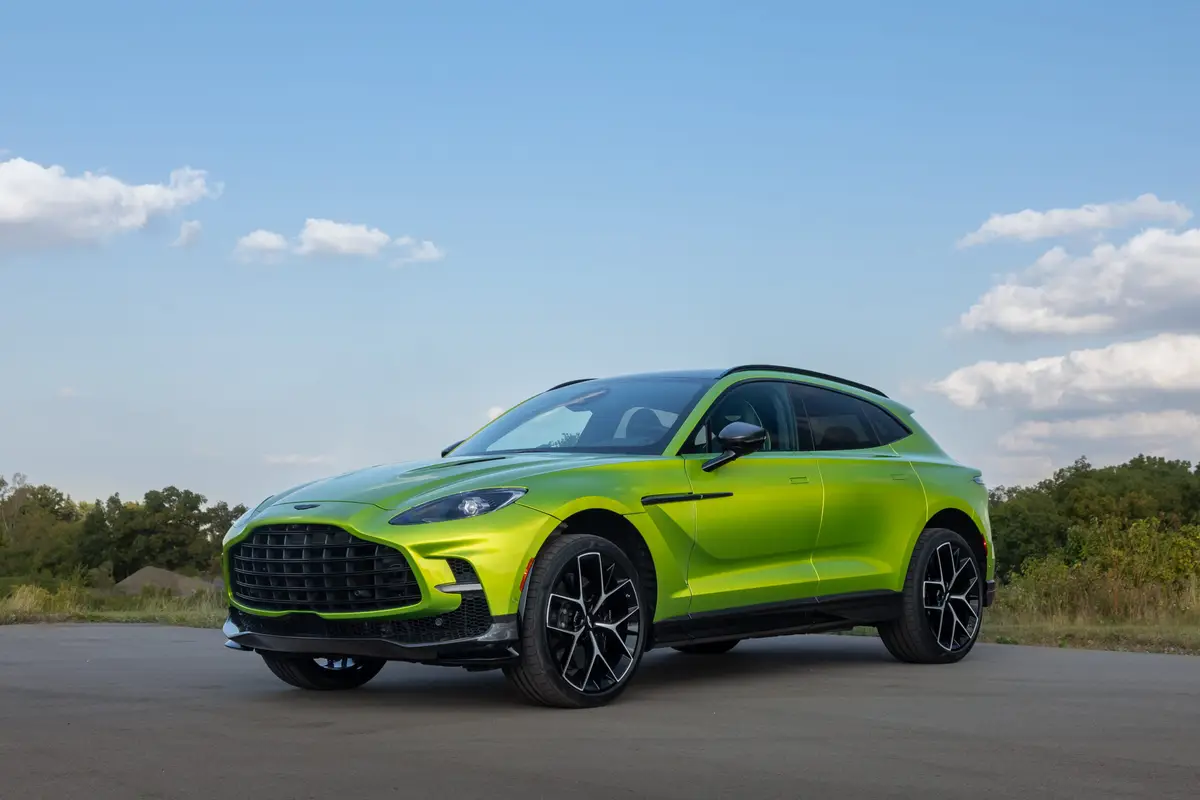washingtonpost.com's view
Greed revels in the notion of exclusivity. It is not enough to have. It is necessary to have what no one else has.
Exclusivity thus creates value beyond intrinsic worth. It gives big diamonds their brilliance, gold its luster — and it allows automakers to charge enormous sums for cars that essentially are no different from less expensive models.
But car companies are mass-market enterprises. Automakers that try to make it by selling only to the wealthy won’t survive. At least they won’t remain independent.
Just ask the people at Jaguar Cars Ltd., Rolls-Royce Motor Cars or any of the other exclusive marques now owned by mass-market producers. They exist primarily because of the revenue generated by their parent corporations. That means they, too, must earn their keep. Prestige without profits is passé.
It is no wonder, then, that Jaguar is moving downstream in pursuit of a stronger cash flow. The British carmaker, now owned by Ford Motor Co., has brought forth the 2002 X-Type, a Jaguar with a base price under $30,000.
Moneyed purists might sniff. To them, authenticity should carry an appropriate price, such as $85,155 for a Jaguar XKR, or $74,155 for an XK8. It was bad enough that Jaguar last year integrated that neighborhood with its $44,000 S-Type. But a Jag for less than $30,000? Egads! The place is becoming a slum. It’s time to move out.
But the truth is that Jaguar had no choice. Before the S-type, it was selling 50,000 cars a year worldwide. The S-type added nearly 35,000 more sales, still too little to compete with rivals such as BMW and Mercedes-Benz, both of which sold nearly 200,000 vehicles last year in the United States alone.
Mechanically and structurally, the X-Type has mass appeal. Long drives along winding French roads proved that much. The all-wheel-drive baby Jag can run!
It is tight in terms of overall body rigidity and steering feel (though the preproduction 3-liter, V-6 Sport model I drove had a squeaky driver’s seat). The car handled beautifully. It went exactly where I pointed it, adhered nicely to deep curves, gave no evidence of body wiggle and did not slip once on mist-dampened surfaces.
I did not clock 0-to-60-mph acceleration times. It wasn’t necessary. I was impressed sufficiently by the way the car moved along auto routes, running southeast from Paris to Dijon.
Performance credits go to the Sport X-Type’s four-wheel independent suspension system, the use of front and rear subframes to help smooth out the ride and increase driver control, and optional 17-inch wheels (16-inch diameter is standard on the base car) shod with Continental high-speed tires.
Jaguar historically has used the tangible to sell the intangible — that is, expensive materials to sell the idea of privilege. It has continued that practice in the X-Type with generous applications of Connolly leather to seating surfaces and the use of bird’s-eye maple veneers on the instrument, console and door panels.
And, yes, the X-Type looks like a Jaguar, at least in the front and along the side panels. The rear, as it does on the slightly larger S-Type, resembles the back end of a Ford Taurus.
Jaguar executives believe a “new generation of buyers” will accept that styling compromise. They’d better. If the X-type flops, it isn’t likely that Jaguar would, or could, continue building cars for anyone.
Latest news



